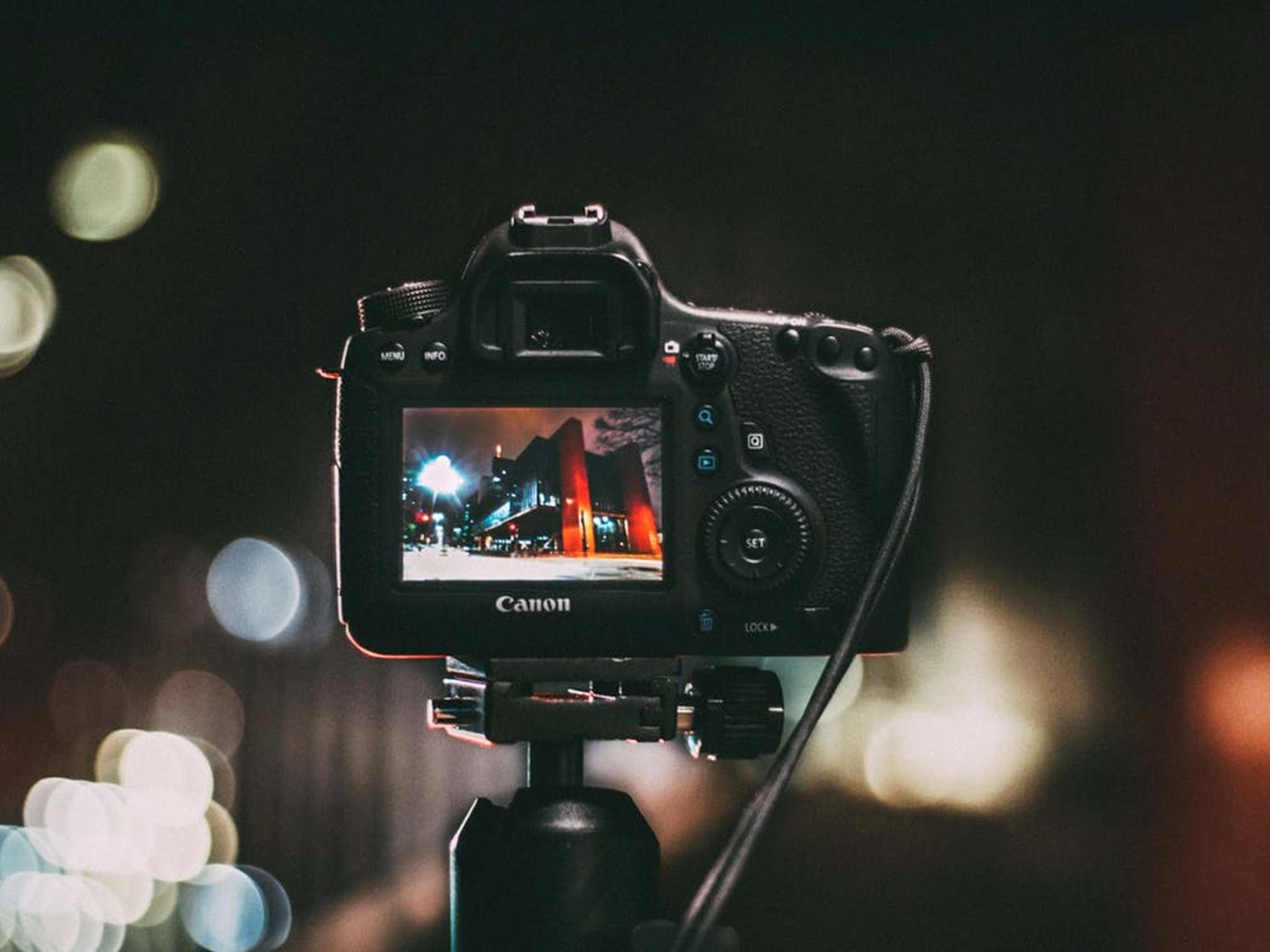So, you're shooting RAW... Maybe you're a tech guy like me, and can list all the advantages in detail. Maybe you're doing it because everyone says it's way superior to JPG, or maybe you just read online, that it's the way of the force. Either way you are doing the right thing - RAW is just better on all accounts.
But if you are not a techie and don't understand the intricate details of RAW, then this little story may sound familiar to you:
You just shot a nice evening image with a setting sun, blue skies and luscious green trees. Your camera display thumbnail is all FIREWORKS and you are thrilled - National Geographics Cover shot, AT LEAST!
That is, until you open it in your photo processing application. There it just looks average, a little grey and bland - More like a Cover shot for Accountants Weekly. Nowhere near what your camera display promised :-(
Well, today's tip will explain why this may be happening to you, and it will teach you how to make your cameras display work for you rather than against you.
First a quick RAW 101:
- A RAW file is actually not an image at all. It is a file containing the raw measured exposure to light of each of your sensor pixels.
- In front of each pixel on your camera is a colour filter allowing only Red, Green or Blue light to reach an individual pixel. This filter is called a Beyer Filter.
- For a RAW file to become an image, it needs to go through a process called de-mosaicking (developed). This is a software algorithm that converts the millions of red, green and blue pixels into an image with millions of subtle colours and details.
Wait... If I shoot RAW, and you’re saying a RAW file is not really an image, how can I see my shot on the display right after it was taken?
Well, this is exactly the reason your thumbnails cannot be trusted. See, there is no one de-mosaicking algorithm to rule them all. In fact, every photo processing application has its own algorithm, and so does your camera - hint: These algorithms produce very different output based upon the settings you provide them with ;-)

